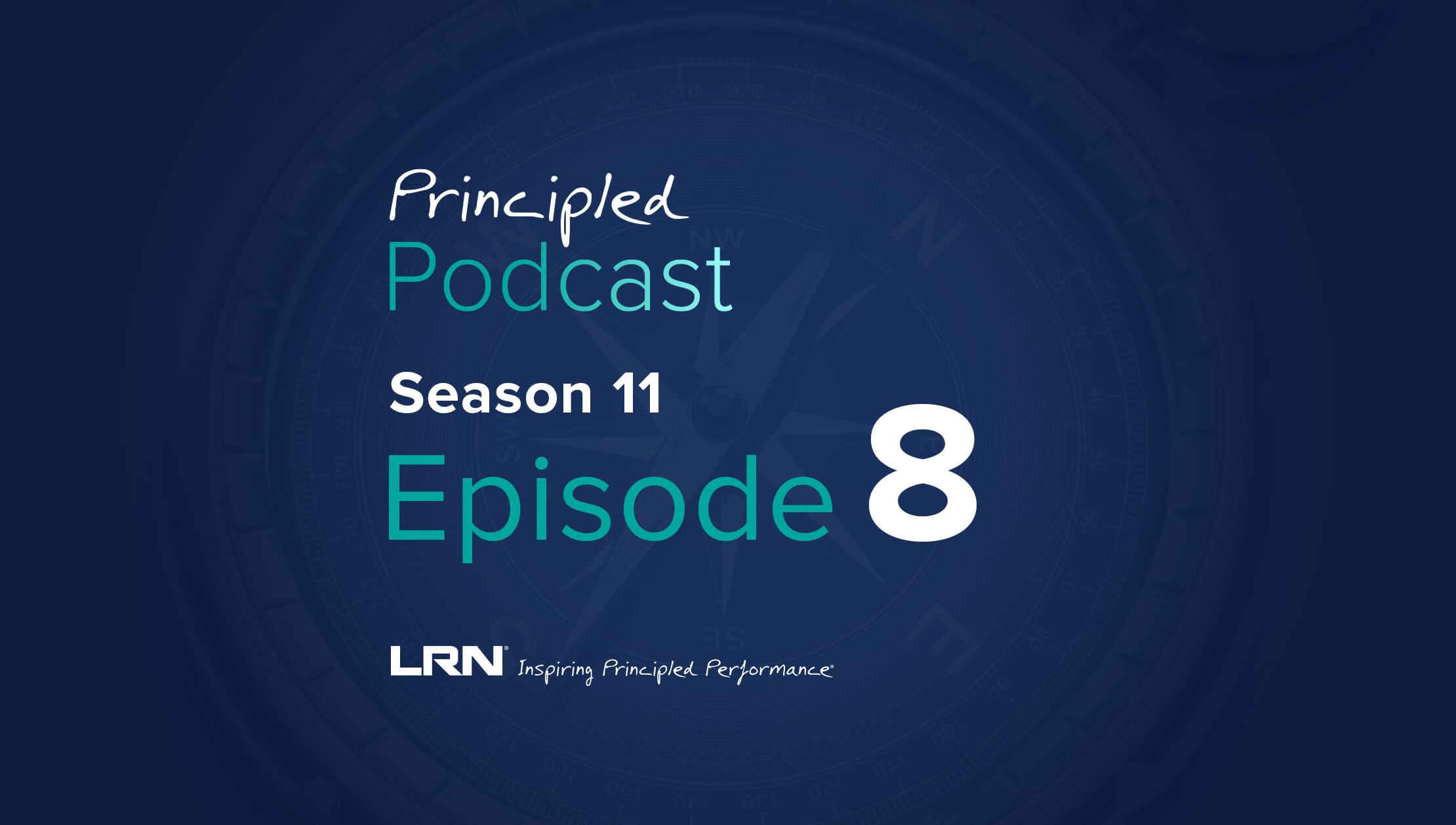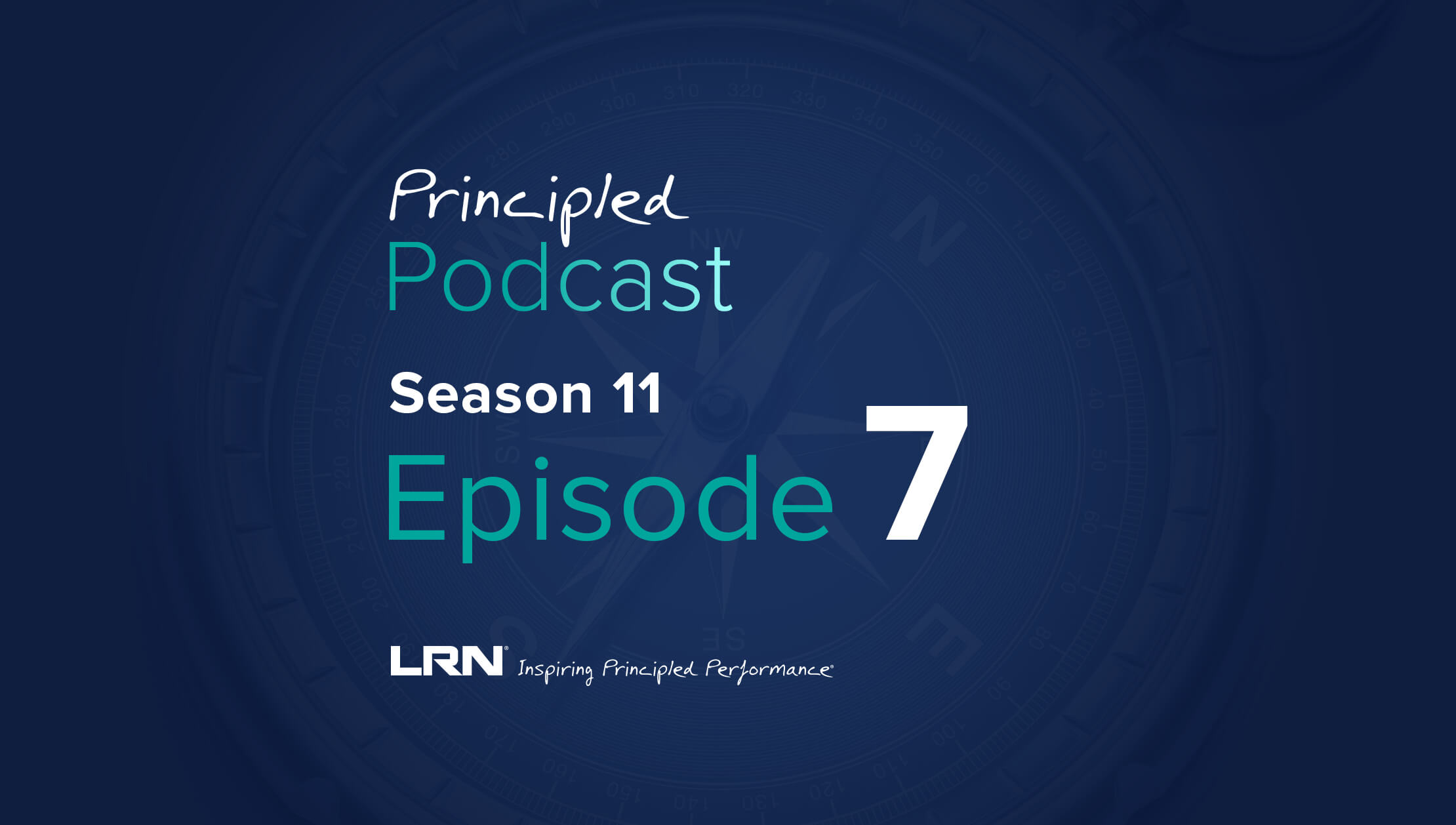When I attended ECI’s October 2020 Best Practices Forum on E&C Engagement Through Technology, I didn’t anticipate that I would find strong resonance between the content and my experience as parent to a four-year old. And yet, I did.
My colleague, Jim Walton, moderated a discussion with Mary Brosch and Joy Nagel from BP and Susan Lange from Consolidated Edison, Inc. (ConEd) about how their companies are leveraging technology to help real people tell real stories about ethics and compliance. The conversation began by reflecting on the role of storytelling –such a defining feature of what it means to be human that we can trace its legacy back to cave paintings created more than 64,000 years ago (by a Neanderthal, so technically storytelling predates modern humans!). This called to mind a favorite bedtime book, I Am a Story, by Dan Yaccarino, and our nightly ritual of bedtime stories, often featuring the adventures of intrepid brothers “Nothing” and “Something” (they have a transmogrifier, for any Calvin and Hobbes fans out there).
But back to ethics and compliance. The Department of Justice specifically asks how companies communicate about misconduct, giving the example of providing anonymized descriptions of the type of misconduct that leads to discipline and “real life” case studies. And, most forum participants reported leveraging storytelling in some form as an engagement technique. Stories are powerful: they bring abstract policies to life, provide opportunities for leaders to lead by example, and support a speak up culture by normalizing such behaviors.
BP and ConEd are taking the more common “sanitized stories” technique one step further by passing the mic, literally, to their employees.
BP took a storytelling approach to its Code of Conduct refresh eLearning under the banner “Our Code in Action: Real People. Real Stories.” Six key Code topics were contextualized by videos of employees, shot on location, telling their stories. We watched one of Gislene in Brazil share how she and her team handled a bribery attempt from an external partner. Like all the video participants, Gislene was speaking in her native language (English subtitles were included), reinforcing the real, human element of her experience.
ConEd is in the process right now of collecting employee stories, which they will also incorporate into their Code training. This endeavor is only marginally impacted by COVID-19 because ConEd, like BP, is using an app called CREWSTUDIO to capture these stories remotely. Employees simply download the app on their phone and then film right through the app. They are also provided with helpful tips on filming, such as ideal lighting and audio capture. On the receiving end, ConEd can easily edit the footage as needed through the app.
In addition to allowing BP to capture employee stories around the world and enabling ConEd to video in the middle of a pandemic that has put so many in-person activities on hold, apps such as CREWSTUDIO (there are others out there, too – this is not an endorsement) have the benefit of being orders of magnitude cheaper than traditional video production outfits: BP estimates the cost has been 1/10th of similar past efforts.
So far, the employee response to these efforts has been fantastic, and both BP and ConEd see applications for employee stories beyond Code training.



